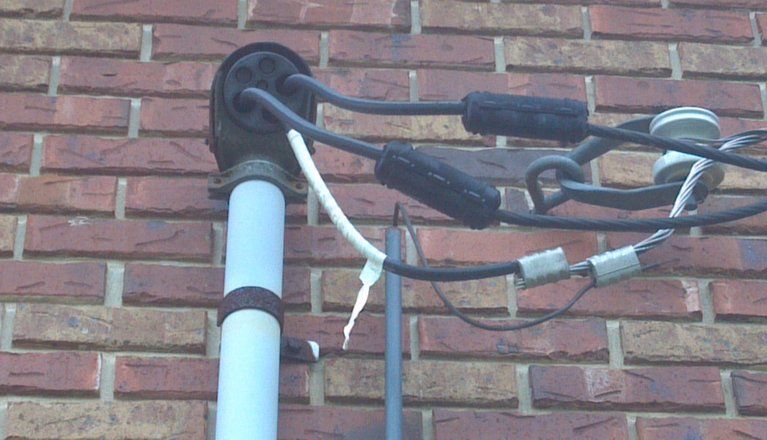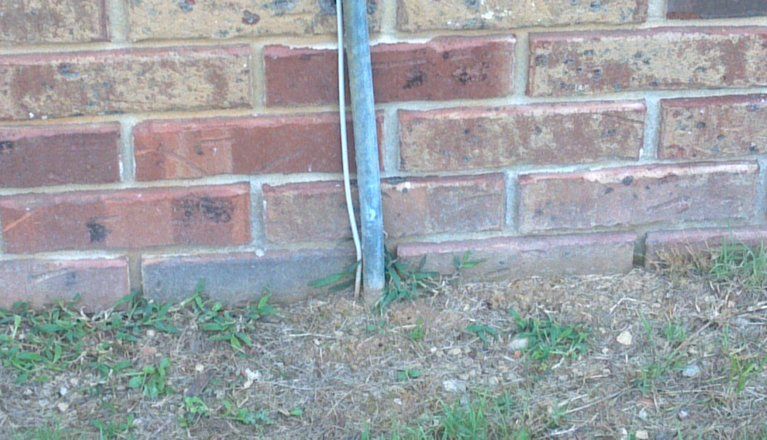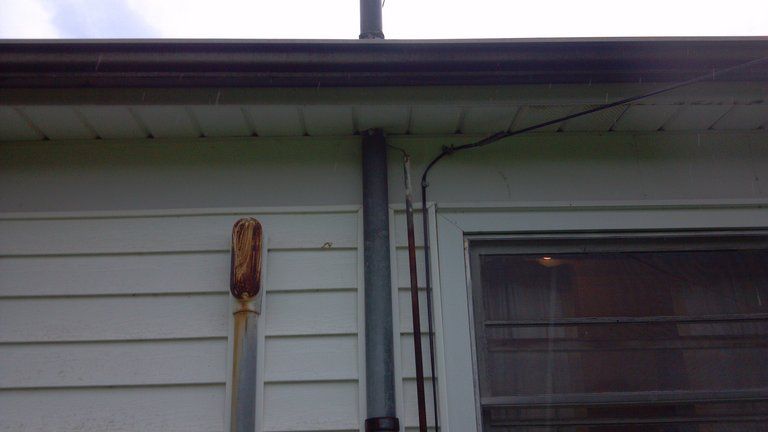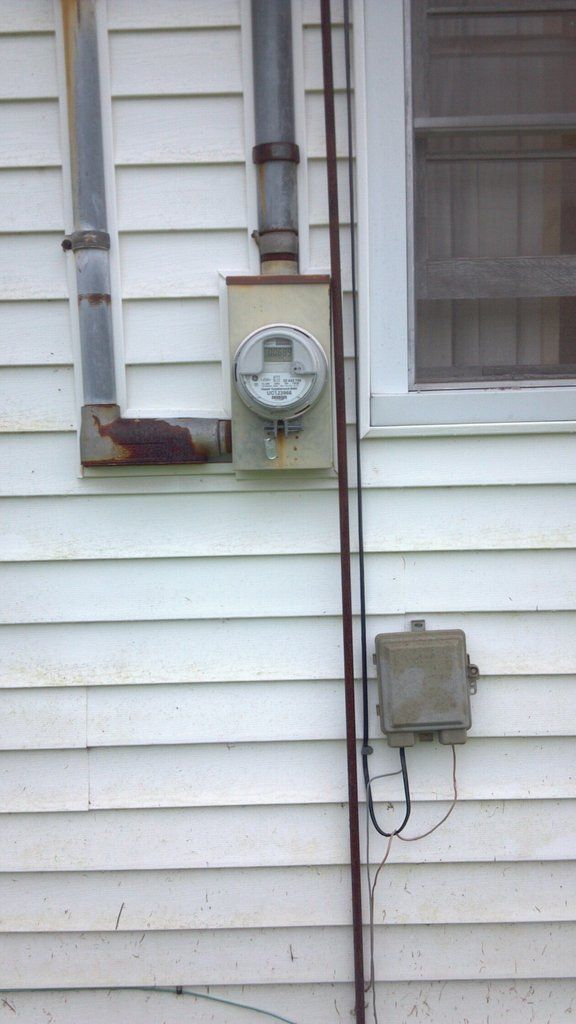- Location
- Tennessee NEC:2017
- Occupation
- Semi-Retired Electrician
After crossing my eyes and reading 250.64(E) I suppose I will have to concede and say that as written, the EMT would require bonding. However, the last sentence sort of implies that if a raceway is just used for protection, that the only requirement is that it be installed according to directions for the type of raceway.
That sentence and the countless hundreds of installs around here makes it hard for me to see why it's required.
Here's a couple of examples. I could spend about an hour and take several more just in my neighborhood.




All I am saying is if it's never been done or enforced here, I find it hard to comply!
If a
raceway is used as protection for a grounding electrode conductor,
the installation shall comply with the requirements
of the appropriate raceway article.
That sentence and the countless hundreds of installs around here makes it hard for me to see why it's required.
Here's a couple of examples. I could spend about an hour and take several more just in my neighborhood.




All I am saying is if it's never been done or enforced here, I find it hard to comply!

